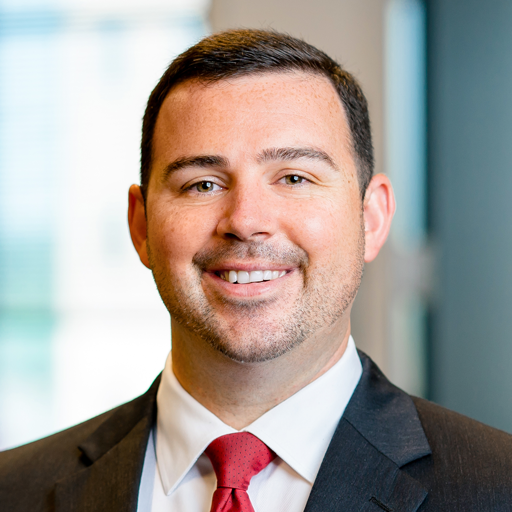Ambulatory surgery centers (ASCs) continue to serve as a cornerstone of the healthcare landscape, offering cost-effective, high-quality outpatient care as part of a broader shift from hospital-based services. But to remain viable in 2025 and beyond, ASCs will need to manage twin pressures—rising costs and shrinking reimbursements. These are familiar challenges for ASCs, but the threats are escalating, and ASC leaders are seeking innovative solutions to safeguard their organizations’ sustainability.
Rising Costs
Staffing
The healthcare industry has been grappling with ballooning staffing costs since the pandemic, and the ASC market is not immune. Salaries for healthcare workers have grown as a result of clinical staffing shortages caused by increasing utilization (aging population) and a generation of nurses and support staff who are retiring.
ASCs compete for same clinical staff as hospitals, where the salary is generally higher. The appeal of predicable daytime shifts in the ASC with no nights and/or weekends seems to have waned in recent years, as employees increasingly prioritize higher salaries.
ASCs that are unable to match salary are hiring less experienced nurses and lower-licensed staff to control costs. This shift, while a potential solution, introduces additional training expenses and potential reductions in operational efficiency.
Medical Supplies and Implant Costs
Escalating medical supply and implant costs continue to challenge ASC budgets. Though costs are more predictable than in the immediate post-COVID years, they remain high and are unlikely to return to pre-pandemic levels.
Compared to hospitals and large physician groups, many ASCs—particularly those not aligned with a health system—lack the purchasing power to negotiate favorable rates with their suppliers. Furthermore, ASCs may face an additional cost increase from general inflation as well as recently announced tariffs.
Most ASCs won’t receive relief in the form of reimbursement increases from payers, as many payers have multiyear contracts with rates locked in, and CMS is slow to make changes based on its historical process for cost monitoring.
Shrinking Payer Reimbursements
The reimbursement ASCs rely on is steadily shrinking, compounding the impact of rising costs and placing significant financial pressure on operations.
Medicare
A primary driver is the modest annual payment increases for Medicare—2.8% annually since 2020. This rate of increase lags the 3% to 4% inflationary increase in healthcare costs for labor and medical supplies, creating a difficult financial position for ASCs. Centers with a high portion of Medicare patients are impacted most by the Medicare reimbursement challenges. And with an aging population and growing Medicare enrollees, ASCs’ share of patients with Medicare is likely to grow.
Commercial Payers
Commercial payers have exacerbated these issues by adopting more aggressive negotiations aimed at locking providers into multiyear deals with minimal or no rate increases. Moreover, payers often benchmark rates to Medicare reimbursement and refuse to recognize the substantial cost efficiencies ASCs deliver by diverting procedures from high-cost hospital outpatient departments. We have also seen a trend of payers incentivizing the shift of high-cost services from hospitals to ASCs, and then lowering future reimbursement once those services have shifted.
The addition of higher-acuity cases to the Medicare Covered Procedure List (CPL) over the years has led to ASCs performing more complex cases. These cases require greater resources, but Medicare often establishes its reimbursement for these new services at rates that generally fail to fully account for costs, and commercial payers follow suit. Consequently, many ASCs have found it untenable to maintain contracts with certain payers, opting to terminate agreements that fail to reflect their value proposition.
What Does the Future Hold?
ASCs have always had to carefully balance reimbursement and cost pressures, but the rate of change in cost and reimbursement seems to be accelerating. This is creating a precarious situation for ASCs, as many struggle to maintain adequate operating margins.
Many ASCs, already lean and efficient, will find innovative ways to evolve to ensure their sustainability. Others will have to seek out industry expertise to develop and implement a managed care strategy and negotiate improved reimbursement with payers.



